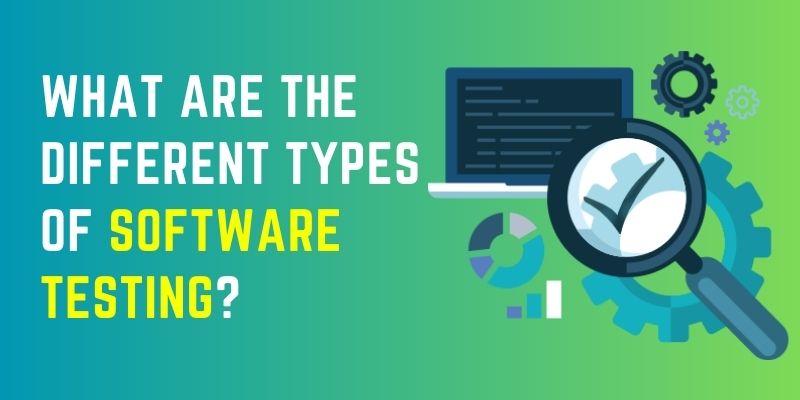
The quality, and the Software Development Life Cycle (SDLC) dependability, and functionality of software programmes, includes software testing as an essential phase. It was discovered that inadequate quality assurance during the software creation procedure was one of the main causes of such failures. Avoiding the release of inferior goods is the primary goal of passing rigorous quality assurance testing. If you want to know What are the Different types of Software Testing? Join a Software Testing Course in Chennai at FITA Academy for the best coaching with career guidance.
Types of Software Testing
Depending on the methods employed and the level of expertise on the software programme being tested, software testing can be split into two groups.
Various sub-types of software testing fallVarious sub-types of software testing fall under the functional and non-functional testing categories.
Functional Testing
Based on the requirements and specifications of the software application, this sort of testing assesses the functioning or behaviour of the software programme.
To make sure that the application satisfies functional requirements and operates as anticipated, functional testing can be done at various stages of the SDLC. Let’s examine the various categories of functional testing.
Unit Testing
Functional testing of this kind is carried out at the section or component level. Unit testing checks the functionality of individual code blocks (or units).
Software engineers frequently perform this during the development process, which can be done manually or automatically using testing tools.
Verifying that algorithms are valid, testing boundary conditions, and ensuring that the code behaves as expected are some use cases for unit testing.
White Box Testing
It entails examining a software program’s internal logic, including its architecture, design, and code.
Testers with intermediate or expert programming skills carry it out. Typically, this is carried out during the development stage. White box testing checks that the code functions appropriately and looks for any mistakes.
Integration Testing
This functional testing looks at how various software programme modules or components interact. It is possible to ensure that the components function properly when combined at many levels.
Gray Box Testing
It entails testing the software programme while having a basic understanding of internal procedures and processes. Limited details regarding the software usage, such as the database structure, arrangement, or algorithm, are available to testers.
System Testing
Functional testing of this kind assesses the software programme as a whole. Assuring that the software programme satisfies functional requirements is the aim of system testing.
Both physical labour and mechanised tools are acceptable for this. The user interface and the functionality and security of an application are a few examples of use cases for system testing.
Black Box Testing
It is not necessary to be familiar with the operations or inner workings of the programme. Testers run preset test cases to find functional issues rather than internal implementation issues. It just focuses on inputs and outputs.
End-to-end Testing
It establishes how an application will operate throughout the entire process, from the user’s initial interaction through the creation of the result.
This entails testing the application across a range of servers, systems, and interfaces to guarantee that all parts function properly and satisfy any stakeholders’ or users’ needs.
End-to-end testing is frequently carried out to find integration problems, performance snags, or functional shortcomings brought on by the application’s complexity and the interdependence of its numerous components. FITA Academy is the right place to learn Software Testing Online Course with the help of experts in Software Testing.
Sanity Testing
This software testing examines new additions or modifications to ensure they function as intended. Run brief tests on the application, such as simple functional tests or integration tests, as part of testing to make sure new features or modifications don’t cause serious issues or errors.
